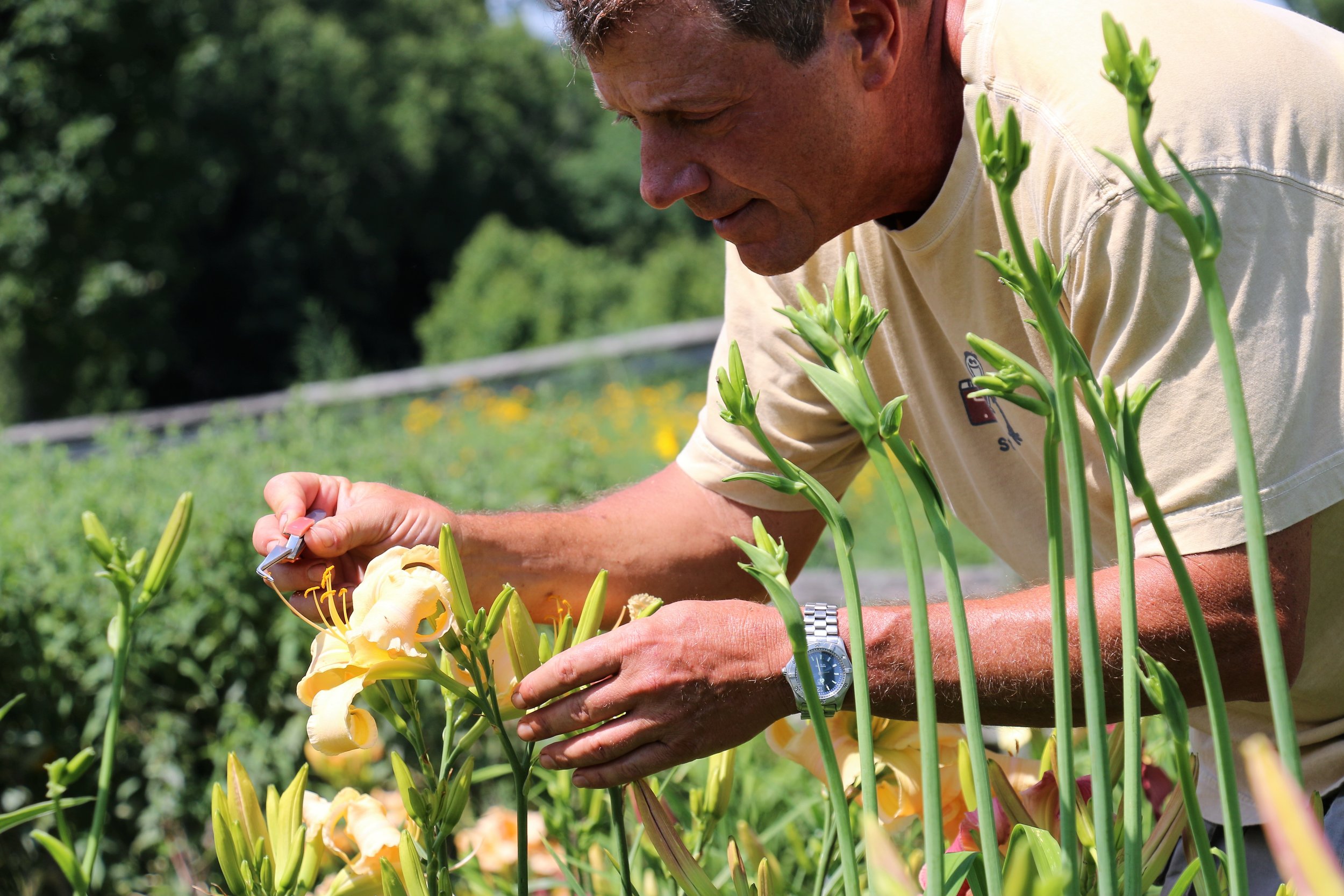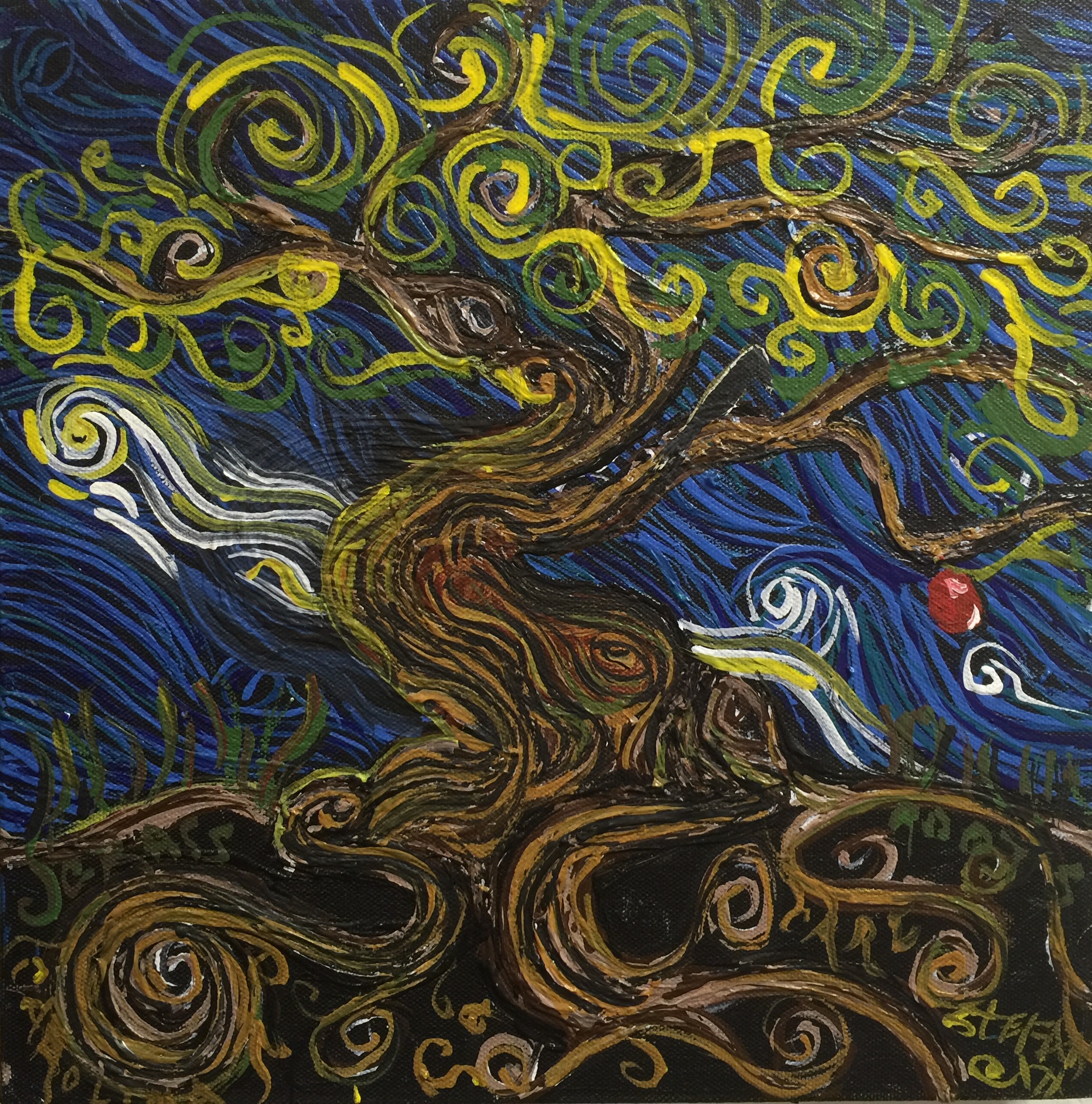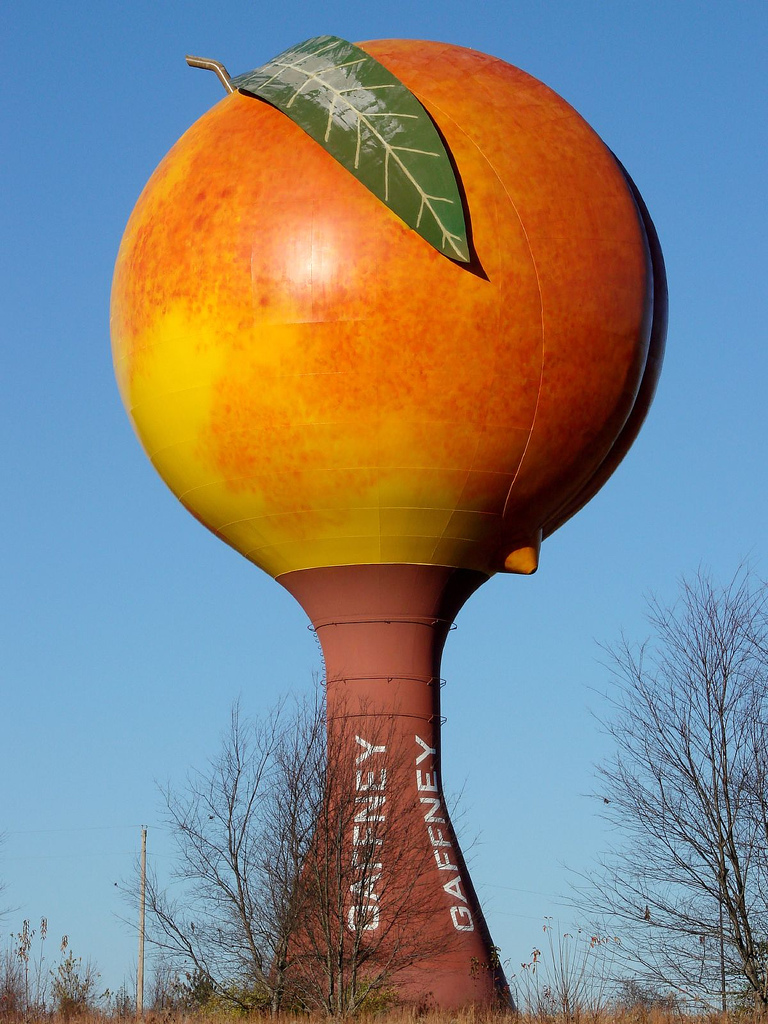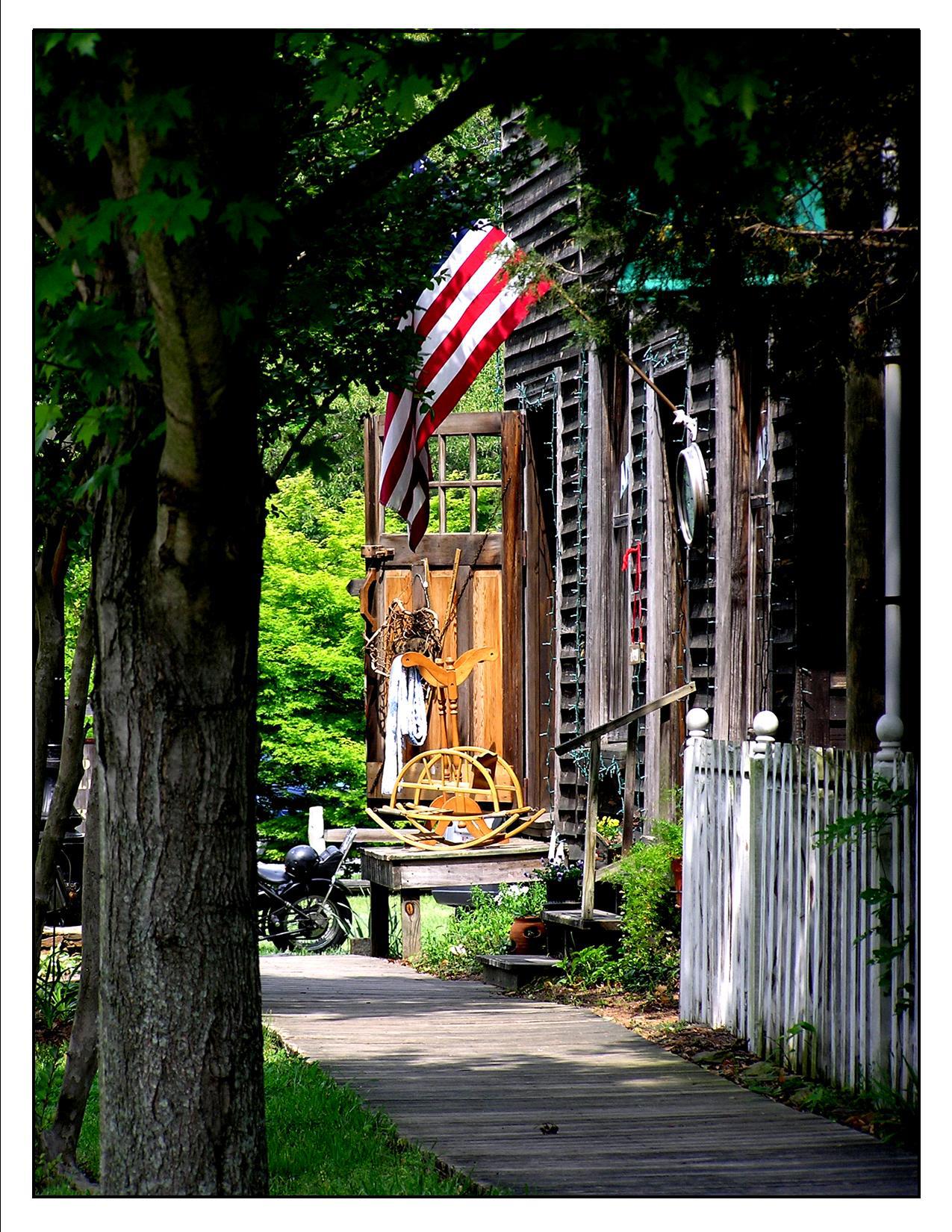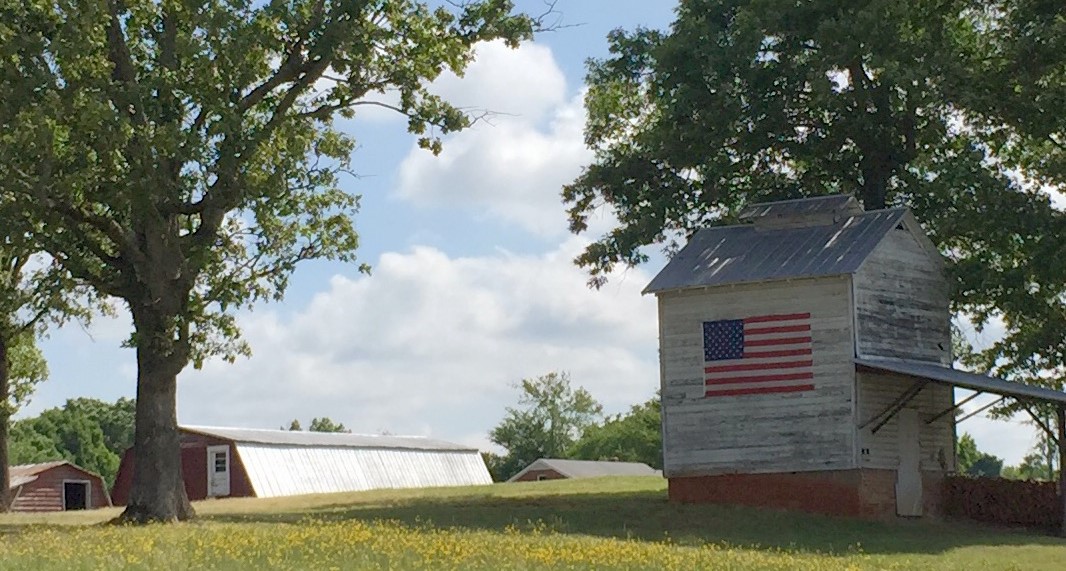The Song Of The Cicada
/It all started when I noticed pencil-sized holes in the yard; so many that is looked like someone had aeriated.
The holes were primary located not far from the base of big trees. I pondered what might have caused hundreds of what seemed to be perfectly round holes with no pattern. I looked for the cause but did not find any living thing(s) around or nearby. I noticed a few new deer tracks near the rose garden but that was it.
So, I went about my business and a few days later, due to no additional investigation on my part, I had the answer to my question. Who or what caused those holes?
I first noticed them on the tree trunks. There were thousands of them, and it had been many years since I had seen such a display.
I was witnessing the appearance of the periodical 17-year Cicada.
While I am accustomed to the modest display of annual summer cicada and its rhythmic hypnotic sounds, I was not prepared for the nature show I was about to experience.
With tucked-away memories of childhood being stimulated, something felt oddly calming about what I was witnessing. It could also be that spending more time at home during a global pandemic had increased my appreciation and awareness of all thing’s nature.
Whatever the reason, I became spellbound by what was happening. I took hundreds of pictures of everything I was witnessing; the holes in the ground, the empty exoskeletons and then the cicada in its whiteish color (which only last a few hours) before it takes on its adult brownish color.
I endeavored to capture images of the cicada from every angle I could get. I even wore a black long-sleeved shirt to get good color contrast as a cicada climbed up my arm. I then set out to record the sound. At first, I did know what I was recording but that would soon change.
I began to receive messages from people about the potential damage that the cicada may cause. I had noticed that there were cicadas on just about everything; however, they did not seem to be eating the plants. Or if they were, it was truly little. In any event, I did not know the answer to the question, and that set me on a quest to learn more.
So, I called an N.C. Extension office in search of answers. Elli Snyder shared some basic information. She let me know that the cicada is not a significant threat to crops; however, they can cause damage to some fruit trees and saplings. The primary damage is not from eating the leaves or fruit but rather when the females lays eggs in the tender tree limbs.
The best protection is not spraying the foliage with pesticides, but rather using a fine netting over the fruit tree or other high value trees that you want to protect. I was then informed about a cicada mapping project that might answer more of my questions.
In short order, I contacted Professor John R. Cooley who had just published a paper titled 2020 Magicicada Brood Mapping Project. John is currently Assistant Professor in Residence, Department of Ecology and Evolutionary Biology, The University of Connecticut, Hartford. It is safe to say that John is a specialist in periodical cicadas.
I learned a lot from our first conversation and realizing there was a lot of information to share, I invited John to be a guest on our Life In The Carolinas Podcast. He accepted the invitation and it was during that interview that I begin to understand that the curious nature of the cicada is as old as time. The cicada is an insect and it has many interesting characteristics.
I listened as the professor shared information on all aspects of the cicada’s life. From the 17 years spend underground living off the sap from tree roots, to the grand showing above ground when the holes are made and the millions of cicada wait for the perfect moment to make their synchronized above ground appearance.
We learned about the sounds that fill the air, the loudest being the mating song the males. In their orchestra, three whistling type sounds are made. When she likes what she hears the females wing flicks in such a way to acknowledge her suitor. If the female continues to like the song of the male, they mate. After mating, the male goes away and keeps on singing.
The female lays her eggs in pencil-sized twigs or limbs that she has excavated. And then, in 6-8 weeks, the eggs hatch with nymphs about the size of a grain of rice.
As their parents came from the ground with synchronicity, miraculously that same timing will guide the young to fall back to the ground and burrow to find a nice tree root to latch onto for nourishment.
And just like the closing of a classic musical the rhythmic sounds of the 17-year periodical cicada comes to a temporary end. But not to worry, “Brood Number Nine The Show” has already been scheduled to run again in 2037.

